Buddy systems suck. Unless they’re intentional.
“We assign a buddy… and then hope it works. Let’s stop hoping and start designing.”
Many organizations formally, or informally, assign a buddy to a new hire. The buddy system sounds simple: pair a new hire with an existing employee and let the magic happen. In theory, it’s a shortcut to belonging. In practice? It often turns into a missed opportunity.
Here’s the problem: most buddy programs are well-intentioned but poorly structured. They often start with excitement and end with a trail off, or new employee still not confident in their role or performing how we desire.
Let’s break it down.
What Usually Goes Wrong
1. The role isn’t defined.
Is the buddy playing the role of trainer? or supposed to answer process questions or how todo the job? Give culture insight? Just be a friendly face?
When we don’t clarify the role and expectations, we leave both parties guessing and that leads to awkward, shallow connections.
2. Time isn’t protected.
Buddies want to help, but their calendars are full. Without carved-out time or expectations from leadership, the relationship becomes a “squeeze it in if you can” task or just as questions as able.
3. There's no rhythm or roadmap.
Most buddy matches start with good intentions and then quickly fizzle. Why? Because we don’t give them a simple structure to follow. Without weekly prompts, conversation guides, or check-ins, it’s easy to lose momentum and could leax to derailing a strong integration of your new hire.
Why It Matters More Than Ever
When someone starts a new job, they’re doing more than learning systems. They’re trying to figure out if they belong and feel confidence in the decision. Now, more than ever we see first year turnover on the rise as a result of not establishing this sentiment early on.
And belonging doesn’t just happen at a team meeting or training. It often happens in the in-between moments with everyday workplace interactions like when a buddy says:
“Let me walk you through how we actually use this process.”
“Here’s how people handle that kind of situation here.”
“You’re not the only one who felt that way at first.”
Buddies normalize the new. They give people permission to ask “dumb” questions, express uncertainty, and try again. Through trust. That kind of relationship accelerates comfort, confidence, and contribution. And reduces Time to Performance (TTP) for your new hire.
So, How Do We Fix It?
Here’s a better blueprint for a high-impact buddy program:
1. Clarify the Role
Give your buddies a short “job description.” Something like:
Be a go-to person for informal questions
Help the new hire navigate culture and norms
Meet weekly (30–60 min) for the first 4–6 weeks
Offer encouragement and check in emotionally
When expectations are clear, people feel more confident and engaged in the role.
2. Set a Weekly Structure
Don’t rely on vibes alone. Give both the buddy and new hire a plan or simple series of intentional conversation topics throughout. Example themes for the first four weeks:
Week 1: Meet & welcome, overview of team, norms, unwritten rules (about the coffee machine, communication, etc.)
Week 2: Tools & tech tips, common pitfalls, day-to-day logistics
Week 3: Key relationships, who to know, how to navigate politics
Week 4: Career pathing, how people grow here, feedback loops
You don’t need a script, but you do need a roadmap or outline.
3. Coach Your Buddies
Provide a 30-minute buddy orientation. Each individually, or quarterly for a trained group ready to support any new hires joining the team next quarter.
Apart from sharing the roadmap, role and expectations to commit to, include additional topics such as:
How to listen without solving
Questions to build trust
When to escalate something
What to not assume the new hire knows
Just because someone is a strong performer doesn’t mean they naturally know how to coach, welcome, or guide a new team member. ,
4. Recognize the Role
Celebrate great buddies publicly. A shoutout from a leader, a note of appreciation, or even a small reward can go a long way. Recognition reinforces behavior and creates demand (“I want to be a buddy, too!”). This will keep team members engaged and turn onboarding and integration to a team event, and not a burden. After all, everyone will want to the new hire to success so they don’t get stuck picking up the work.
Final Thought: A Buddy Shouldn’t Be a Checklist items or a Perk. It’s a Promise for commitment to your new hire.
When someone joins your organization, you’re not just onboarding their skills, or what’s on their resume. You’re onboarding their energy, the return on your investment in them, and their trust.
A buddy says, “You don’t have to figure this all out alone, even the smallest questions.”
And that might be the difference between a disengaged employee… and a lifelong advocate.
Want to Reinvent Your Buddy Program?
I help organizations reimagine onboarding and design employee experiences that create momentum, not just retention. Let’s build something that meets your organization’s needs and sticks. Reach out.
